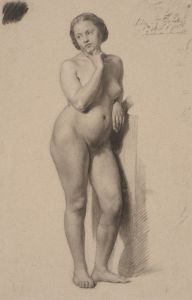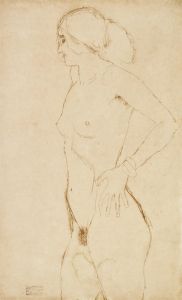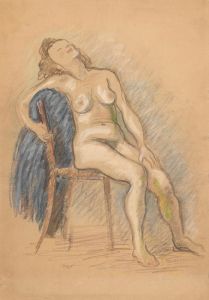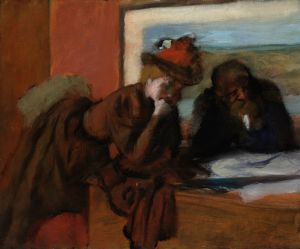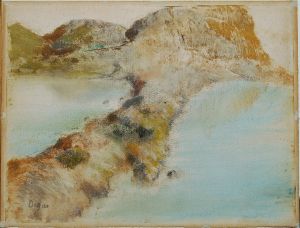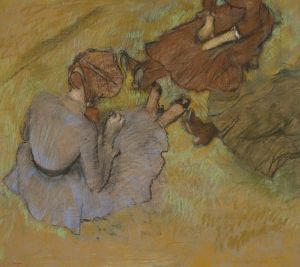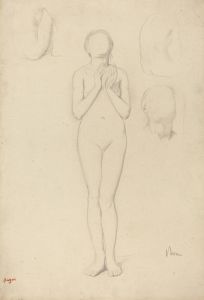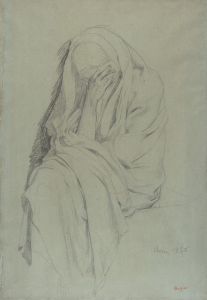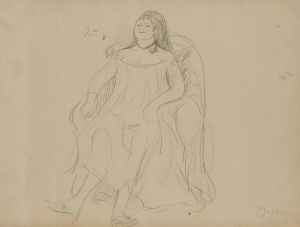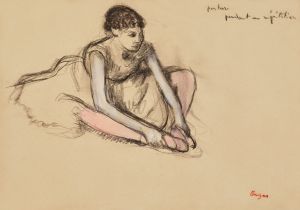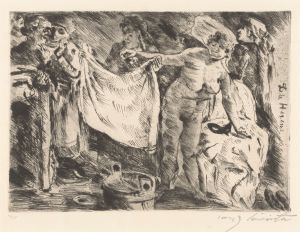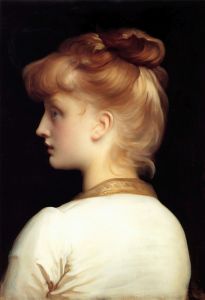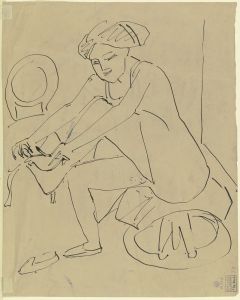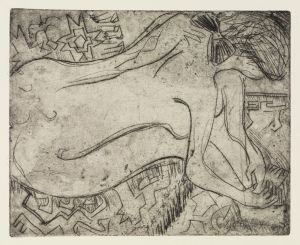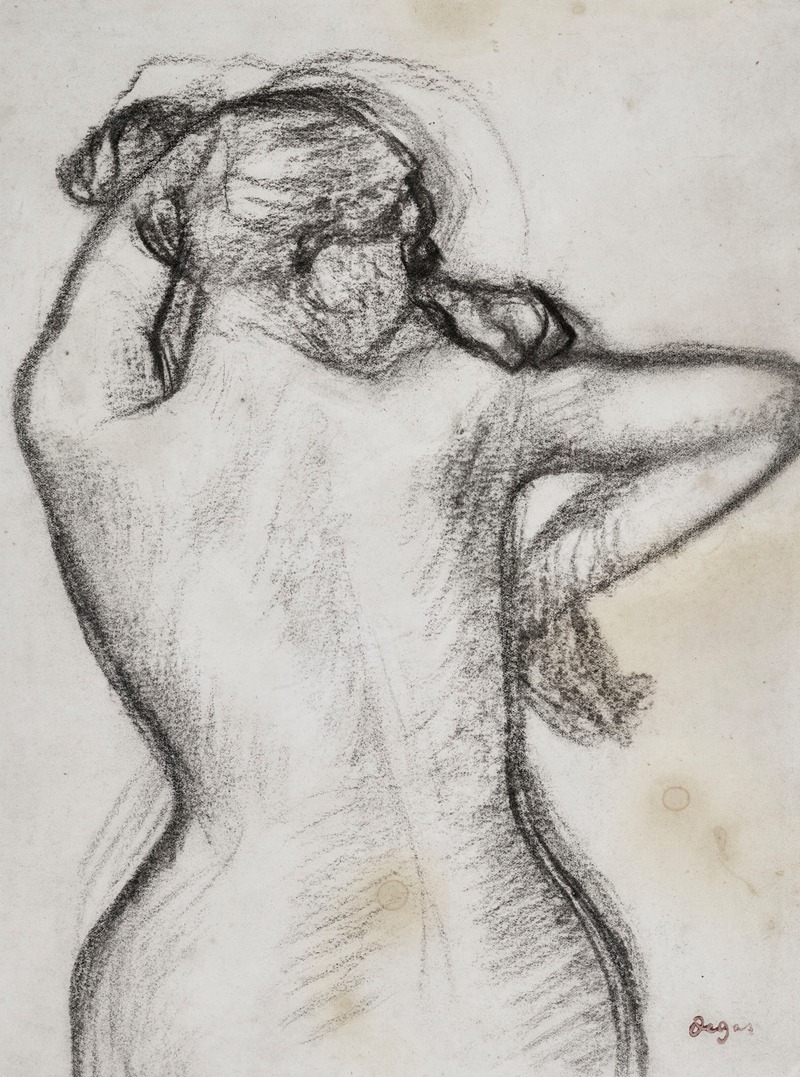
Torse de femme nue
A hand-painted replica of Edgar Degas’s masterpiece Torse de femme nue, meticulously crafted by professional artists to capture the true essence of the original. Each piece is created with museum-quality canvas and rare mineral pigments, carefully painted by experienced artists with delicate brushstrokes and rich, layered colors to perfectly recreate the texture of the original artwork. Unlike machine-printed reproductions, this hand-painted version brings the painting to life, infused with the artist’s emotions and skill in every stroke. Whether for personal collection or home decoration, it instantly elevates the artistic atmosphere of any space.
"Torse de femme nue" (Nude Woman Torso) is a notable work by the French artist Edgar Degas, who is widely recognized for his contributions to the Impressionist movement, although he preferred to be called a realist. Degas was born on July 19, 1834, in Paris, France, and he became known for his mastery in capturing the human form, particularly through his depictions of dancers, women at their toilette, and other intimate scenes.
"Torse de femme nue" is a pastel drawing created around 1884-1886. This period marks a significant phase in Degas' career when he increasingly focused on the female nude, exploring the human body with a keen interest in movement and form. The work exemplifies Degas' skill in using pastels, a medium he turned to more frequently later in his career due to its versatility and the rich, luminous quality it could achieve.
The drawing features the torso of a nude woman, rendered with delicate yet expressive lines and a subtle interplay of light and shadow. Degas' approach to the human figure was both analytical and sensuous, often capturing the natural, unposed moments of his subjects. In "Torse de femme nue," the emphasis is on the contours and musculature of the body, highlighting Degas' deep understanding of anatomy and his ability to convey the physicality and presence of the human form.
Degas' use of pastels in this work is particularly noteworthy. He layered the pigments to create depth and texture, achieving a softness that contrasts with the precise delineation of the figure's form. This technique allowed him to explore the nuances of skin tones and the effects of light on the body, resulting in a composition that is both realistic and imbued with a sense of immediacy.
The subject matter of "Torse de femme nue" reflects Degas' ongoing fascination with the female form, a theme that recurs throughout his oeuvre. Unlike many of his contemporaries, Degas often depicted women in private, unguarded moments, offering a glimpse into their everyday lives. This approach was both innovative and controversial, as it challenged the traditional, idealized representations of women in art.
Degas' work, including "Torse de femme nue," has been celebrated for its technical brilliance and its ability to capture the essence of his subjects. His influence on the art world is profound, and his explorations of the human form continue to be studied and admired. Today, "Torse de femme nue" is held in high regard as an example of Degas' mastery of pastels and his insightful portrayal of the human body.
In summary, "Torse de femme nue" by Edgar Degas is a significant pastel drawing from the mid-1880s that showcases the artist's exceptional skill in depicting the female form. Through his use of pastels and his keen observation of anatomy, Degas created a work that is both technically accomplished and deeply expressive, reflecting his enduring interest in the nuances of the human body.





